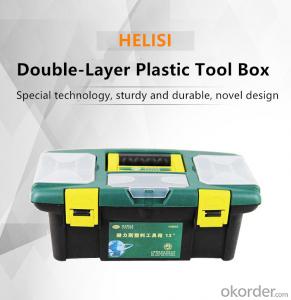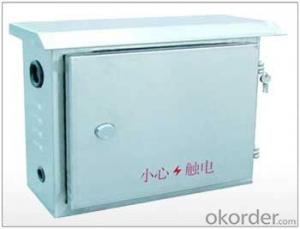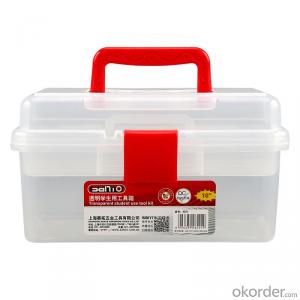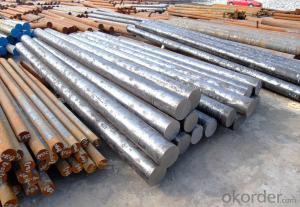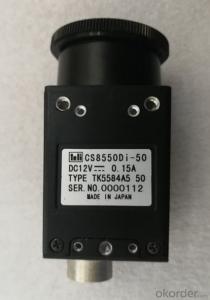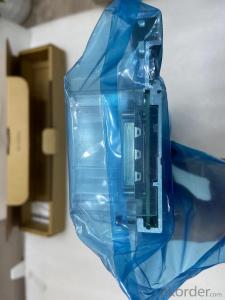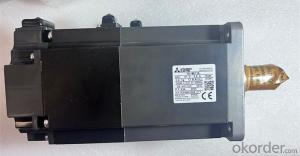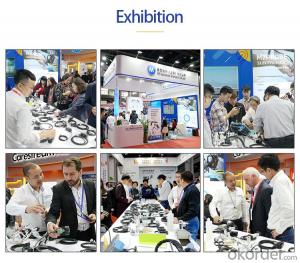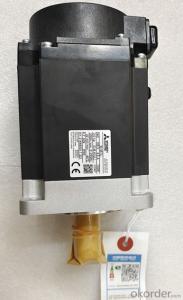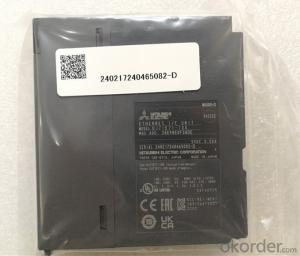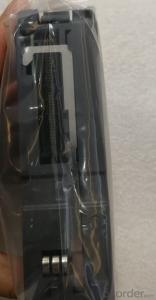Kobalt Tool Box Stainless Steel
Kobalt Tool Box Stainless Steel Related Searches
Best Paint For Stainless Steel Paint For Galvanized Steel Steel Frames For Furniture Self Tapping Screws For Steel Surface Grinding Wheels For Hardened Steel Hole Saw For Stainless Steel Paint For Stainless Steel Stainless Steel For Bbq Step Bit For Stainless Steel Sponge For Stainless SteelHot Searches
Professional Keyboards For Sale Solar Product Price Multi Layer Insulation Price Buy Sheet Plastic White Plastic Folding Chairs Wholesale Black Plastic Plant Pots Wholesale Plastic Flower Buckets Wholesale Wholesale Plastic Folding Chairs Wholesale Plastic Hanging Baskets Plastic Planter Liners Wholesale Steel Mesh Panels For Sale Price For Stainless Steel Scrap Scrap Price For Stainless Steel Price For Stainless Steel Stainless Steel Tank For Sale Stainless Steel Sheets For Sale Cheap High Tea Sets For Sale Stainless Steel Tanks For Sale Stainless Steel For Sale High Density Fiberboard For SaleKobalt Tool Box Stainless Steel Supplier & Manufacturer from China
Okorder.com is a professional Kobalt Tool Box Stainless Steel supplier & manufacturer, offers integrated one-stop services including real-time quoting and online cargo tracking. We are funded by CNBM Group, a Fortune 500 enterprise and the largest Kobalt Tool Box Stainless Steel firm in China.Hot Products
FAQ
- I have been trying my best to put some few things together as per building electronics and electrical equipment but i really lack circuit diagrams that can put me through. i presntly need a circuit diagram of an inverter with atleast 20kVA output.
- There's a 1KVA inverter at aaroncake /circuits/invert To crank up the output you need to uprate the transformer and add parallel transistors.
- I don't understand how oil and gas industry has anything to do with electrical engineering jobs??Am I not seeing this because currently I am working as a electronics engineer ? This is how I am thinking about this - Oil and gas industry , digs up oil , provides it to our cars and trucks so they can run. Now I don't understand how or where Electrical engineers come into play into this ?? Please make me understand. I want to know.P.s: I am an entry level electronics engineer, with a degree in Electrical engineering , Currently I am located in Houston, texas.
- A great deal of electric power is used in extracting oil and gas from the ground, transporting it through pipelines, separating and refining the crude products and distributing the products. Electrical engineers design the required electrical equipment and the associated electric power distribution and control systems. In some situations, electric power must be generated on site rather than purchased from electric utility companies. In addition, electrical engineers are involved in the process instrumentation and control system design. The process control includes both computer systems and specialized electronic equipment.
- during line to ground fault, is there really a current that will flow in the ground, how will the grounding rod help if there is no connection back to the source? please explain how grounding aids tripping of C.B's
- The earth really is a conductor. In the US homes, power is fed from the grid as single phase voltage the voltage between the two power conductors is approximately 220 volts AC. At the power plant one conductor is connected to the earth (called grounding in the US, and earthing in some countries). At the residential service connection there are three terminals. The center terminal is connected to a ground rod. Because the earth is a conductor, this provides a path back to the generating plant. The power wires are connected to the other two terminals. Voltage measured between the outer terminals shows 220 volts. Voltage measured between either outer terminal and the center one shows 110 volts. Three wires are run to a branch circuit panel containing circuit breakers. A wire (called hot) feeds 110 volts from a circuit breaker to points of use. Another wire, (called neutral) returns current to the branch circuit panel. A third wire (ground) also goes back to the branch circuit panel. At the point of use, this third wire is connected to conductive parts of appliances, such as a metal kitchen stove. It is a safety feature. If a bare hot conductor were to make contact with the metal, enough current would flow to trip the circuit breaker, removing voltage from the circuit. Imagine this. By its nature plumbing is connected to ground. In this case there is no third wire. A hot wire in a toaster accidentally touches the housing on a toaster. There is no ground connection so no current flows. But there is 110 volts on the toaster housing. The homeowner has one hand on a faucet handle, and reaches over to wipe the toaster. He could be killed. Check out the link for more info.
- 1 explain the difference btween a conductor and an insulator in terms of the transfer of electrons. Why are problems with static electricity common in winter than at other times of the year? How could any of these problems be reduced?Why is cleaning dusting more difficult in winter?List at least 2 reason why you think plastic materials are used to cover the copper wires in electrical equipment.
- 1. In a conductor, electrons transfer easily from atom to atom. In an insulator, it is extremely hard to cause electrons to shift atom to atom. (edit) This means an electrical current cannot flow in an insulator, as electrons must move in a conductor. (end edit). 2. In winter, the air contains less moisture. Therefore static charges will not dissipate as quickly as they will in moist air, and are more easily generated. 3. For the above reason, moving dust particals can easily induce a charge in them, which will be of opposite polarity to the surface. They can be attracted back to the surface. Using a slightly moist cloth can help when dusting in winter. 4. Plastics etc. are electrical insulators. Plastic insulation is very easy to apply to a conductor by extrusion around the conductor, in a plastic extrusion machine. The material is heated to a suitable plastic constituency. Plastic insulations are NOT used in extreme heat or cold situations for conductors. If you live in the US, you will see lots of rubber insulated power leads, as plastics can get more brittle and fracture in cold conditions. Plasticity is the state between solid and liquid, which is where all plastics are worked. In fact, many materials other than plastics can be worked in a plastic state, even metals!
- Can I use 240 volt electrical equipments into 220 volt? Should I need a transformer?
- No, you don't need a step down transformer. It's the same with the standard 115 volt wall outlet. if you use a voltmeter to read a standard wall outlet, very rarely will it be precisely 115 volt. Normally you get readings of between 110 volt to 120 volt. In North America we use 2 phase 240 volt (splits to form 2x 120 volt @ 60Hz) In most of Europe use 1 phase 240 @ 50 Hz. So if you're planning to use a European piece of equipment (single phase, 240 volt, 50 Hz) on North American (two phase, 240 volt, 60 Hz[x2]), don't because you'll risk damaging your equipment.
- explain the difference between an insulator and a conductor
- conductors are objects that allow the movement of electrons to FLOW freely while insulators are objects that prevent or stop the movement of electrons to flow. An example of a good conductor would be gold because it is a metal and most metals are considered good consider and a good example of a insulator would be rubber.
- a small fire that is at the outlet
- BY CALLING 9-1-1-
- I'm about to take an automotive electronics class at college but I'm just curious, what are the basics? Say I want to wire a police scanner or some type of lightbar into my car's electrical system. What would this entail? I'd have to pull away body panels, run wire, and hook it into the battery? What about fuses, safeties, etc And also how could I hook my police scanner into my speaker's system?
- Fuse blocks in cars often have SPARE (usually disused in some particular model) positions with wires already attached and within the wiring loom, with nothing connected to the end. Knowing what the intended accessory was, might allow you to connect something to its unconnected end, and always, the negative return is the car's frame. The circuit must be capable of carrying the current required. Some of these spares may be connected via the ignition switch, some may not. The next alternative is to run a new wire with a fuse inline, at the supply end at least. It is good practice to fuse the supply end, then have a further fuse at the accessory end (most accessories will already have this). The wire can often be run along and fixed to the existing car looms, passing through the firewall where the loom passes through. Again, negative is anywhere convenient on the car's metal frame. A quick and simple connection is the cigarette lighter, if fitted. Just procure a plug to replace the lighter. It can supply a fair current. So far as connecting a scanner to the existing speakers, I suggest you don't try to, unless the audio/ radio system has an accessory input. Maybe a bluetooth connection might be used, but really, the scanner's own speaker should supply the scanner sound. You can also connect accessories by splicing into existing car circuits, but I would suggest you do your college course first! You really need to understand current and wire sizes and fusing (not to mention basic circuitry!), before splicing into existing wires.
